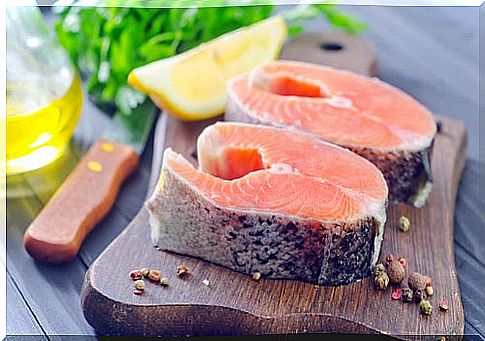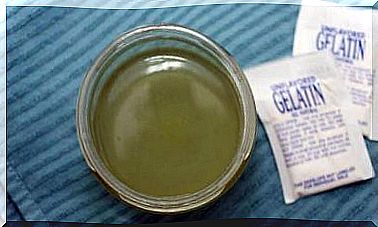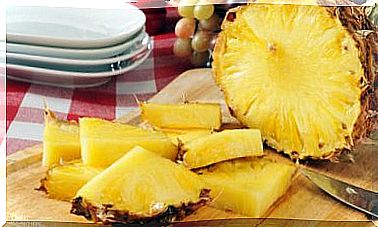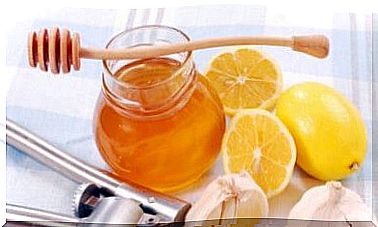What Are The Most Common Allergenic Foods
Allergenic foods are the triggers for so-called food allergies. AND This condition results in an intolerance of the body to the proteins found in food. When this happens, the person can experience from mild symptoms such as itching and redness, to severe reactions such as anaphylactic shock .
Food allergy usually occurs during the early years of childhood. Its evolution will depend on the type of foods that cause the allergy, as well as the size of the reaction.
What is an allergen? And, an allergenic food?
An allergen is a substance capable of producing an abnormal reaction in the immune system of people who are susceptible to it. Therefore, an allergenic food is a product or ingredient that contains one or more compounds, capable of causing serious reactions in allergic people.
Most common allergenic foods

Currently, there are more than 160 allergenic foods. According to the Law on the Labeling of Food Allergens and Consumer Protection (FALCPA), the most common are:
- Milk: l An allergy to milk proteins is the most common, especially in babies. However, it usually happens that this predisposition is corrected before 3 years of age.
- Egg: Eggs can cause serious reactions such as anaphylaxis; that is, a severe allergic reaction that affects all organs in a matter of minutes and is therefore life threatening.
- Fish and shellfish: these foods usually cause different allergic reactions in people with intolerance to their components.
- Nuts: the more resistant a food is to heat, the more acute the allergy it causes. This is the case of nuts.
- Peanuts / peanuts: it is one of the foods that most triggers anaphylaxis.
- Wheat and soybeans: Although not very common, cereals can cross-react with pollen allergens.
Symptoms of food allergy
According to what is explained in a publication in Advances in Dermatology and Allergology , the symptoms of food allergies appear a few minutes or up to two hours after ingesting the allergenic food. Some of these symptoms are:
- Urticaria
- Redness on the skin
- Tingling sensation
- Itchy mouth
- Swelling of the face
- Vomiting or diarrhea
- Abdominal cramps
- Coughing or wheezing sounds
- Dizziness or lightheadedness
- Swelling in the throat
- Chest pressure
- Loss of consciousness
Causes of food allergy

For a person to develop an allergic reaction to a food, they had to have been exposed to it before. At least once in his life, of course. The allergy appears when the organism comes into contact for the second time with the allergenic food.
At that moment, the patient’s antibodies react to the antigen, particularly histamine, which gives rise to the appearance of the dreaded symptoms. There are several factors that can trigger a food allergy. Among them are:
- Hereditary component
- Exposure to antigens
- Alterations in gastrointestinal permeability
- Environmental factors
Substitutes for allergenic foods
The truth is that eliminating allergenic foods from the diet can lead to long-term protein deficiencies. This produces an energy imbalance and an absence of nutrients in the body, which makes it necessary to resort to substitutes.
Now, before trying any of the available options, it is essential to consult a nutritionist. The professional is the one who can recommend the best supplements or complementary foods to treat the deficiency as appropriate. Knowing this, we’ve listed some allergenic food substitutes below.
1. Milk substitutes

People with a cow’s milk allergy need not worry. According to information published in the United States Department of Agriculture , there are other foods rich in calcium, such as:
- Dark leafy vegetables
- Pasta
- Vegetables
- Nuts
- Fish
Also, there are other ways to drink milk. Drinks like these also provide vitamins:
- Soy. It has less protein, but it does not contain cholesterol. It has 50% less fat than whole milk.
- Almonds. They are rich in vitamin E and B12.
- Rice. It has vitamin B12, iron and calcium.
- Hazelnuts. They provide calcium, phosphorus, magnesium and potassium, as well as a significant amount of antioxidants.
- Coco. It contains calcium, phosphorus, potassium, selenium, and folic acid.
- Quinoa. It is characterized by its high content of magnesium, iron, zinc, vitamin E and vitamin B1, B2 and B6.
2. Egg substitutes
The egg yolk has a great nutritional value due to the variety of vitamins and minerals it provides. It also contains vitamins A, E, D, B12, B6, B2, B1 and folic acid. Also, it is rich in iron, phosphorus, potassium and magnesium. However, to replace it we can eat:
- meats
- Vegetables
- Fish
- Green leafy vegetables
- Pumpkin
- Carrot
3. Fish substitutes

Fish contains proteins such as sodium, potassium, calcium, magnesium, phosphorus, iodine, iron, and B vitamins. It is also a natural source of polyunsaturated fatty acids . To compensate for its absence, we can consume instead:
- Dairy products
- Meat
- Egg
- Seafood
- Cereals
- Vegetables
- Nuts
4. Nut substitutes
Many do not include them in their diet, even without having allergic reactions. But the truth is that these fruits provide protein, soluble fiber, potassium, unsaturated fatty acids, magnesium, phosphorus, vitamin E and calcium. The way to replace them is to eat foods such as:
- Meat
- Fish
- Egg
- Vegetables
- Chickpea
- Olive oil
- Olives
- Avocado
In short, a food allergy is a care condition. Also in this case, self-medicating is not a solution. And it is that allergens can change unexpectedly and the effect of the drug can be counterproductive. Therefore, it is always essential to consult the doctor.








